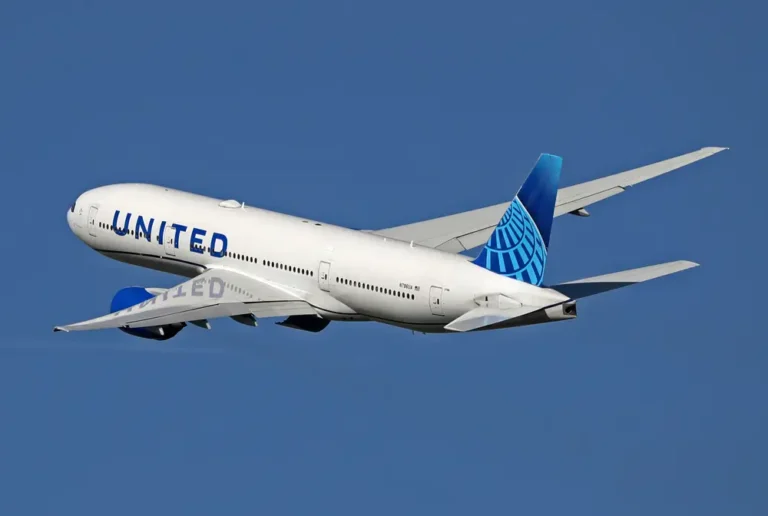Trump is unlikely to get a new Air Force One during his presidency because of Boeing delays: report

Melania and Donald Trump exit Air Force One on Inauguration Day 2020.
Boeing’s delivery delays are hurting President-elect Donald Trump’s dreams of flying on a new Air Force One jet.
The project to build two new jets is so behind schedule that Boeing has told the US Air Force it expects to deliver the planes in 2029 or later, The Wall Street Journal reported on Thursday, citing people familiar with the matter. This means the planes may be ready only after the conclusion of Trump’s second term.
In 2015, the Air Force chose Boeing to build two new planes to replace its aging 747 presidential fleet. In 2018, the planemaker and the Trump Administration agreed to pay $3.9 billion for the planes.
Boeing initially expected to deliver the first new 747 in late 2024. But problems including a bankrupt supplier forced the company to reschedule its first plane delivery to 2026, and the second for early 2027. Both deliveries have now been pushed to 2029.
Trump is frustrated with the delays and has been asking his team about the status of the planes, the Journal reported.
The current Air Force Ones are white and light blue, as has been tradition since the John F. Kennedy administration.
In 2019, Trump said the “baby blue doesn’t fit with us” and said he wanted a dark blue, white, and red plane. The design was rejected after a thermal study found the dark blue color could emit additional heat and would need more tests.
A difficult time for Boeing
The agreement Trump and Boeing signed in 2018 is a fixed-price agreement, which makes the planemaker responsible for any cost overruns. Trump negotiated the deal and threatened to cancel the contract if it went above $3.9 billion.
The delays have cost Boeing over $2 billion and have raised total project costs to around $5.3 billion.
In 2022, then-CEO David Calhoun called the Air Force One project a “very unique set of risks that Boeing probably shouldn’t have taken.”
Boeing has faced a series of challenges in recent months.
In September, 33,000 Boeing workers went on strike. The walkout lasted nearly two months and left Boeing with a backlog of around 5,400 commercial aircraft worth roughly $428 billion. The strike ended in early November after the planemaker agreed to raise wages by 38% over four years. The manufacturer is also hurting from Federal Aviation Administration shutdowns after a series of accidents and complaints.
To recover from those losses, Boeing on Thursday said that it plans to spend $1 billion over the next five years to increase production of its 787 Dreamliner and meet an earlier output target of 10 planes a month by 2026.
Representatives for Boeing, the US Air Force, and Trump’s transition team did not respond to a request for comment.






